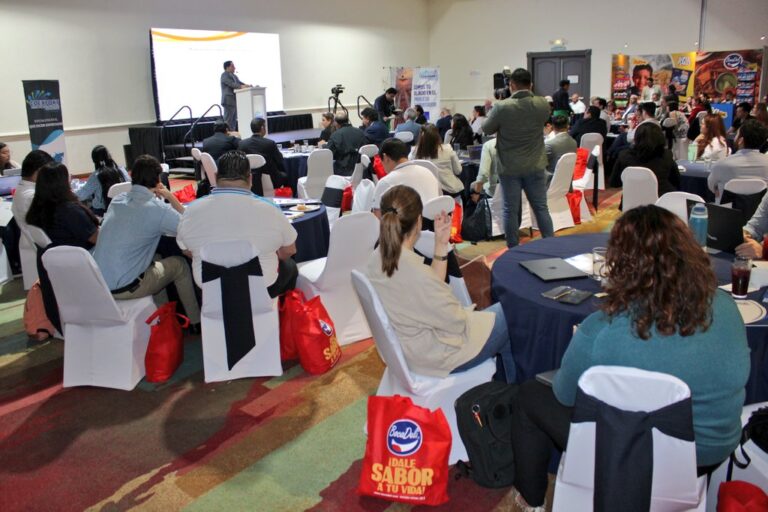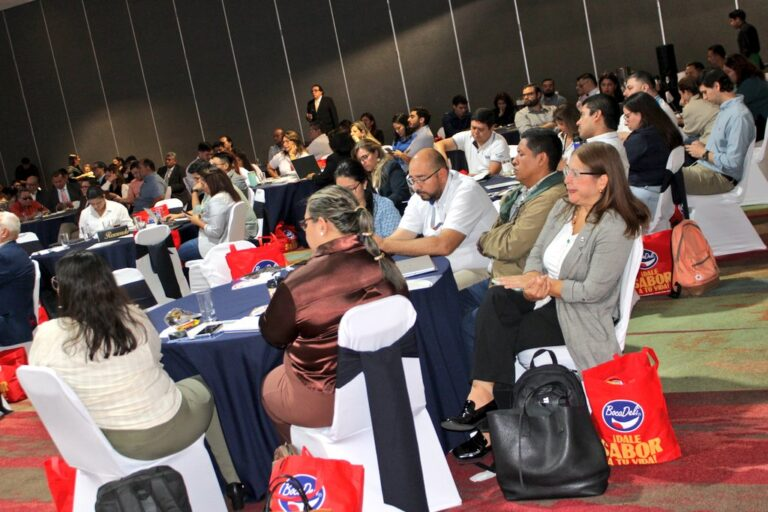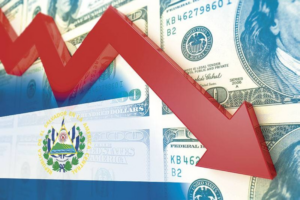As part of Exporters’ Day, the Corporación de Exportadores de El Salvador (COEXPORT) held the Export Strategy Forum under the theme “Boosting exports and investments”, bringing together businessmen, experts and authorities with the aim of strengthening the national export ecosystem. The event focused on the discussion of key factors that affect the competitiveness of the sector and its impact on the salvadoran economy.

The president of COEXPORT, Silvia Cuéllar, highlighted the export sector’s willingness to support all initiatives aimed at boosting the country’s economy. She expressed her optimism about the performance of salvadoran exports for the rest of the year, highlighting the growth of the services sector and the positive performance of items such as textiles and clothing, food, plastics, chemicals and pharmaceuticals.
Cuellar also warned about the logistical impact generated by the temporary closure of the El Poy border crossing, between El Salvador and Honduras, a situation that has caused a considerable increase in freight transportation costs due to the collapse recorded in Ocotepeque, Honduras.


The forum was attended by the Director General of Customs, Benjamín Mayorga, who presented the progress made in terms of deep integration and modernization of the customs system, which seeks to facilitate trade and reduce goods clearance times. Luis Canto, manager of the Unión Portuaria del Pacífico, also participated, detailing the infrastructure improvements at the Port of Acajutla and the growing activity at the port of La Unión.
The Ibero-American consultant Ítalo Pizzolante, gave a presentation on the relationship between sustainability and exports, highlighting the need to integrate responsible and sustainable strategies to maintain competitiveness in international markets.

He also addressed the potential of nearshoring as a concrete way to attract more orders from the United States. Liz Long, an expert in global sourcing, explained how this trend represents an opportunity for El Salvador to strengthen its role in supply chains, taking advantage of its geographic proximity and productive capacities.







